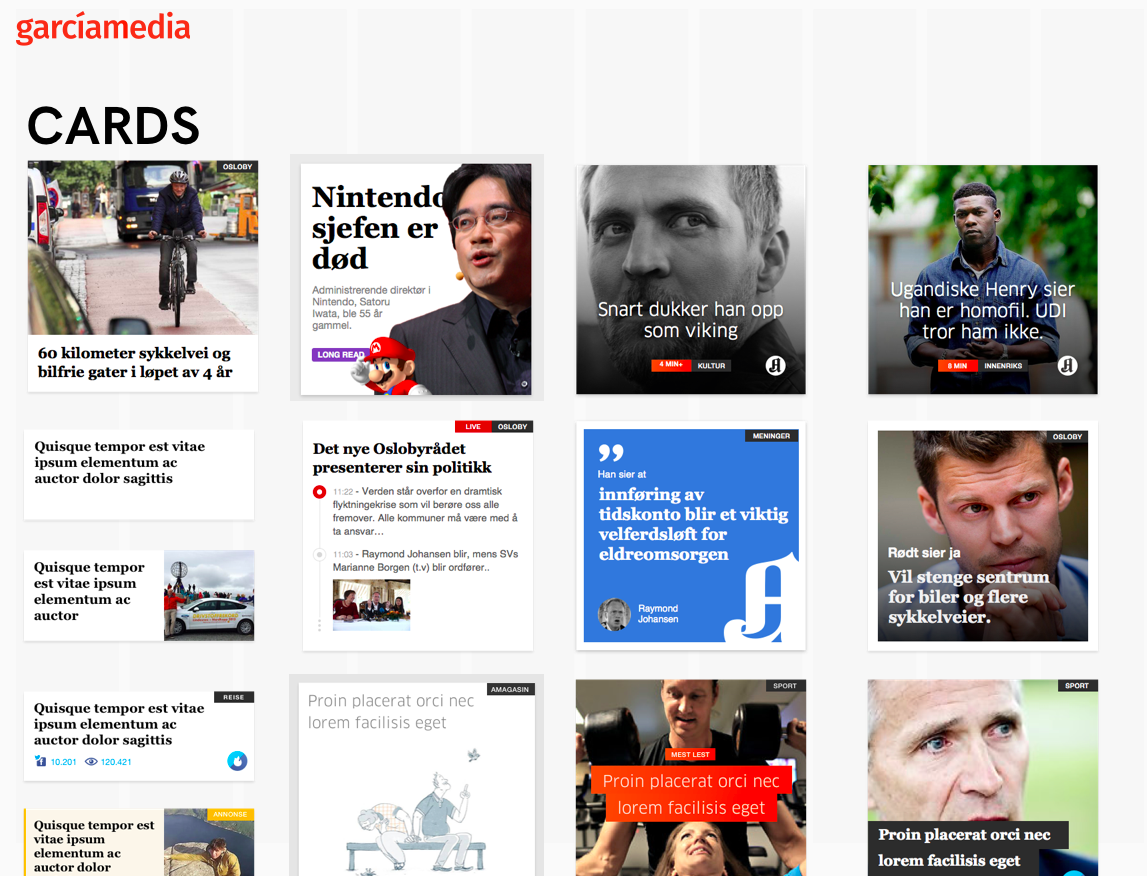This is the weekend edition of TheMarioBlog and will be updated as needed. Because of the Labor Day Holiday in the United States, the next blog post is Tuesday, Sept.5.
The theme has been a recurring one in this blog:
- The home page is dying and it is not the place where a majority of readers start their journey when consulting a publication.
- Many readers come to our publications to read ONE story that interests them, and which they discovered via social media.
- In that sense, we publish a thousand front pages each day, since the “article page” becomes the entrance into our publications, the first contact with the brand, and may be the last one, until another story catches the readers’ attention.
Now, however an article titled Is Facebook the next front page for newspapers?, the writer makes the case for the UK—-but geographic location is irrelevant here–that “news discovery is now indirect.”
It may not be completely brand agnostic, but brand is clearly not the first consideration, or else traffic would be flowing more directly to a person’s trusted news brand of choice.
The UK market and access to news stories
The UK news market will always be skewed by the BBC. It’s a free, ad-free resource that Brits have grown up on relying on for information. So it will come as little surprise that eMarketer has again confirmed the public broadcaster is way out ahead as the leading desktop and laptop news source. As such, however, it hides what’s really going on in the market.
For example, the BBC accounts for 39% of news articles that are being read in the UK, and nearly three in four of its news readers come direct to its site. If you add up the next two players, The Guardian and Mail Online, which account for nearly a quarter of the market combined, you still don’t get too close to the BBC.
So, once we establish the fact that a large number of our audience is coming via social media, then we can begin to take positive steps to guarantee that this interaction emphasizes the brand of our publication, because brand is not the first consideration, the specific content is. Brand becomes secondary, the story itself is what matters. This has been happening for quite some time now, but publishers are beginning to realize it and to seek solutions.
These solutions should involve the publication’s designer, and coming up with ways to make sure that links from social media are brand-centric, that the typographic and color style used to promote stories in social media, create brand recognition. More than linking via just a link, we are beginning to see “cards” that are aesthetically pleasing and emphasize brand the moment we discover a story that we would like to read. One such experiment (work in progress) is one in which we were involved with the Norwegian daily, Aftenposten.
I still think that this is another reason to wonder if the traditional home page will survive. Obviously, it is not the first destination anymore.
Not all is lost. Good content will still steer people to our domains. The question is, how long can we retain them, and how aware are these readers of our brand, with hopes that perhaps they will come to rely on it and return time and time again.
Previously on this subject
https://garciamedia.com/blog/digital_design_challenge_those_article_pages_move_up_front/
https://garciamedia.com/blog/espen_egil_hansen_man_of_a_thousand_daily_front_pages/
Digital Media North America
http://events.wan-ifra.org/events/digital-media-north-america-2017

This two-day event, organized jointly by WAN-IFRA and the News Media Alliance (NMA), will provide a unique opportunity for North American news media executives to hear and discuss digital revenue strategyfrom the world’s most advanced media companies.
I will be one of the speakers for this conference in New York City.
